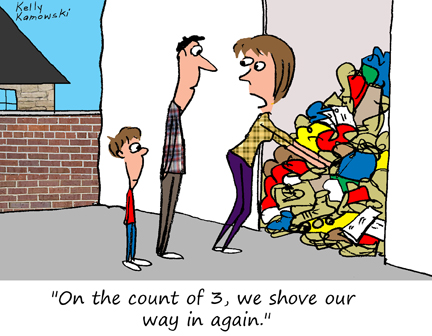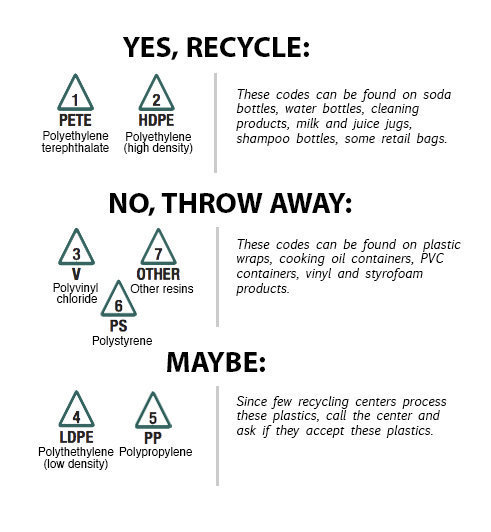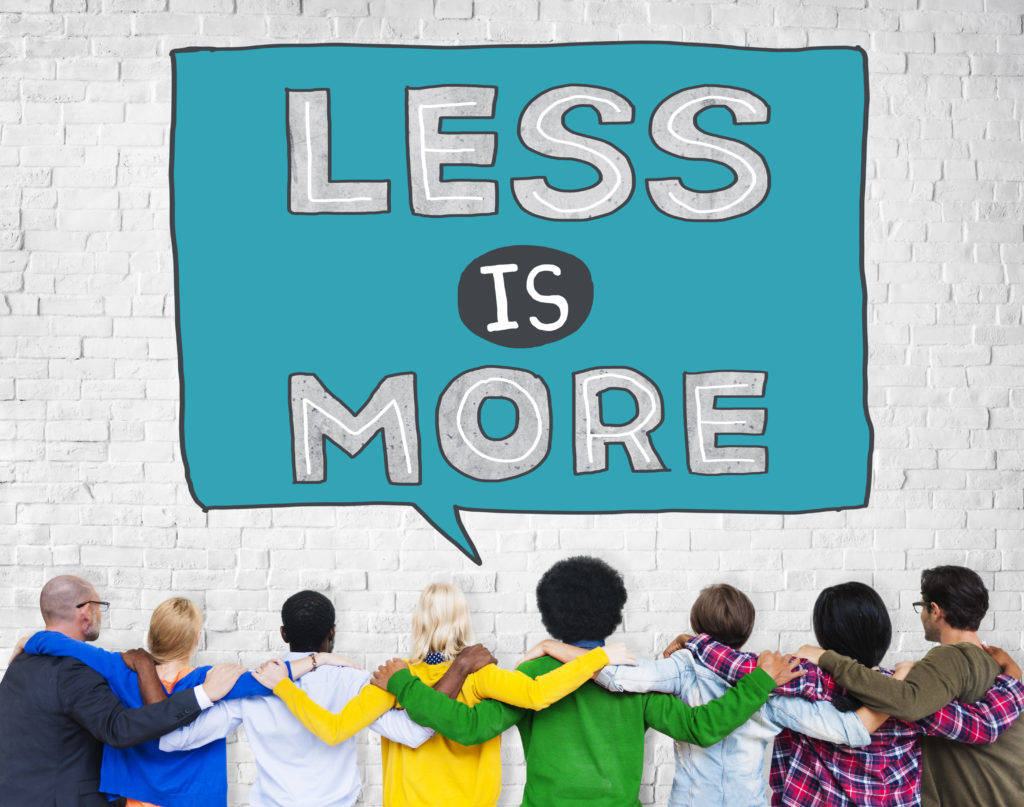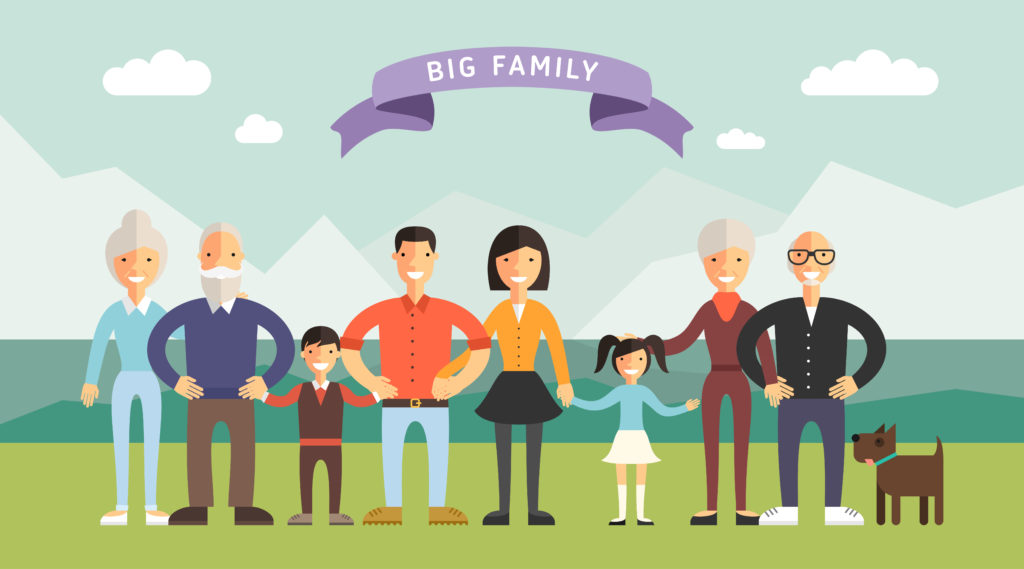 Has your husband, father or grandfather been meaning to organize the garage but just hasn’t had the time or the energy? Do you want to do something special for him this Father’s Day? Why not give him the gift of organization?
Has your husband, father or grandfather been meaning to organize the garage but just hasn’t had the time or the energy? Do you want to do something special for him this Father’s Day? Why not give him the gift of organization?
Garages are the last stand for what you own. If lucky, your car(s) share the space with everything you don’t have space for inside your home: old furniture, appliances, memorabilia, old tax records, never-hung art work, a ton of tools and gardening equipment not to mention Aunt Sadie’s light-up weather vane – the one she gave your Dad for Christmas eight years ago and he hates but is afraid she will ask about it when she visits (which she never does).
If your favorite “Dad” would much rather use the garage as a man cave, dreams about using it to actually park his car or you harbor a secret hope to turn it into a home gym, now is the perfect time to get the job done!
Cluttered garages (as well as attics, basements and sheds) are a tolerable problem until, the day you need to find something, find room for other things or worst of all decide to sell your home or have to move!
Selling a home is the number one reason people call me when they need to get their garage downsized. Unfortunately many people wait until it’s too late and end up making decisions that cost them dearly in the long run. Here are a few irreversible mistakes I’ve seen:
- They paid movers thousands of dollars to transport items across country they never used again such as old refrigerators and furniture and then paid again to have them hauled
- In a rush to move out they accidentally tossed out boxes containing valuable first edition books and other collectibles
- They tried to do it alone and ended up having to undergo back surgery
- One woman told me she was ashamed of what her in-laws would say if they saw her garage when they came to visit from out of town
Even if you are in excellent physical and mental condition, organizing and decluttering a garage can be very taxing on your body. Add to that, it’s time consuming to do it alone and takes away from things you’d much rather be doing! If you can no longer put off organizing your garage, here are some tips to get you started:
- Decide what your goal is. Do you want enough room to park one or more cars? Storage for specific items? Areas for a tool bench, exercising or other hobby?
- Determine if you have safe access. Observe whether or not there is safe access from the front to the back of the garage. If there is no access, or access is limited, consider getting or hiring help. You may need to create a pathway just enough to be able to observe and assess what your garage is storing.
- Survey the garage carefully and with no judgment. Look at the contents in your garage and start noting down the categories of items you can see. For example: Old furniture, rugs, appliances, gardening equipment, boxes, art work, storage. Mark next to each category or item whether or not you plan to keep, sell/donate or want to “go through” before deciding.
- Don’t start with paper. If you are on a tight deadline because of an impending move, defer going through boxes or file drawers of paper. This is because sorting through paper is extremely time and labor-intensive. You are better off just consolidating all the paper in banker boxes. This is especially true if you believe you have important documents or vital records mixed in with other types of recyclable paper, memorabilia or photographs.
- Do a rough sort of boxes. If you have time and the room, do a rough sort of your boxes into categories such as “sentiments and memorabilia,” “china/glassware,” “books and magazines,” “photos and slides,” “confidential records,” “miscellaneous papers” that require further sorting.
- Stop providing storage for your adult children. This is an area to stand firm. If your adult children are old enough to have apartments or homes of their own, they are old enough to take on their own stuff and memories. Give them a reasonable deadline, and send a reminder half way through. Let them know if they don’t make arrangements to remove their items by a certain day, then you have the right to disburse or dispose of their stuff as you see fit.
- Consider hauling. If you know you don’t need to “go through” items to decide whether or not to keep, sell/donate or toss them, you may be able to simply call a licensed hauler or junk removal company. Point to what you don’t want and ask them to take it away. Keep in mind haulers are not organizers and they are not responsible for protecting you against fraud or identity theft and they won’t be able to give you the time to decide on individual items. They will only take what they can easily access. They will charge based on how much volume you have. In other words, how much of their truck your stuff takes up. This can run from a few hundred dollars up to thousands for more than one truck load. Get a couple of estimates. Most haulers will take the stuff away at the estimate if you agree with the cost.
- Investigate charities in your area that do truck pick ups. Examples include local hospice organizations, church affiliated groups, local non-profits that hold large annual “White Elephant” sales or have brick and mortar shops, Salvation Army, Habitat for Humanity, and even haulers or estate clearout services that will consign items for you. Do a Google search for “charities that do truck pick up near me.”
- Don’t wait, until it’s too late, to have your garage organized. Summers are often the busiest times for professional organizers, haulers and movers. Get estimates now and schedule your garage clear-out at least 2-3 weeks ahead of your preferred dates. Clients of mine thought they could do it themselves to save money and then a week before their move realized they couldn’t. Don’t make this mistake!
- Hire a professional organizer to do it all for you. The only thing you do is decide what you want to keep and you can do this without lifting a finger or god-forbid, breaking your back!








